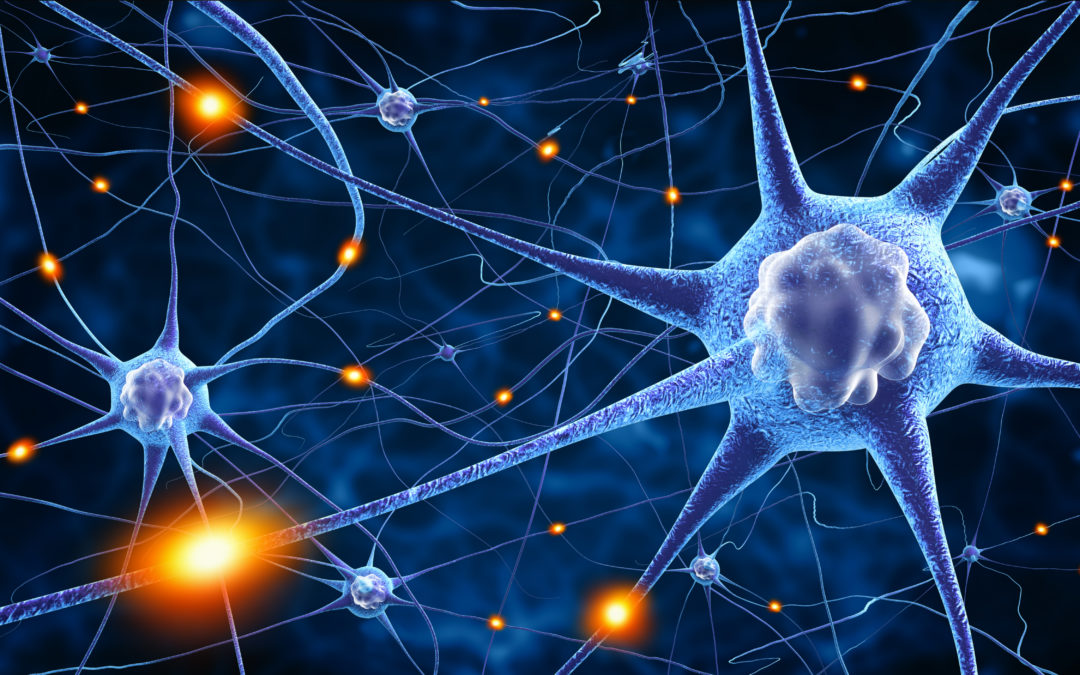OLD VIEW: our brain stops being able to create new brain cells at some point in childhood/adolescence
NEW VIEW: our brains can continue to grow new neurons and form new connections (neuroplasticity) throughout our lives.
OLD VIEW: mental illness shows up in the wiring of our brains and cannot be changed at a physiological level.
NEW VIEW: we can “rewire” our brains and heal both psychological and physical ailments.
Imagine that you are on a path through the woods that you have taken a thousand times. You know the trail, the rocks, the turns, the terrain – everything is familiar and comfortable. It occurs to you that you don’t actually like where this path leads but you find yourself on it nonetheless and are resigned that it’s probably the best the path you’re going to find. After all it’s easy, you know it well – it’s not that bad really. Finding a new path would be A LOT of work. There would be undergrowth to cut away, large rocks to move off the path, not to mention the obstacles that you can’t foresee that you’d run into.
This is how your brain works. The main path is a common thought pattern or habit. There are literally groups of neurons (cells in the brain) that form together to make stronger pathways as your thought pattern or behavior repeats over time. You engage in other thought patterns, behaviors, or habits less frequently and consequently these pathways consist of fewer neurons (smaller paths) and are not as easy to access. If you were to continue a new habit or nurture a new thought pattern repeatedly, new neurons would form and strengthen that pathway in the brain.
It used to be held as fact that the brain stopped creating new brain cells sometime in childhood. After that point learning can still take place of course, but it was believed that there was no new growth in the brain, only gradual decline. Recently this has been shown to be absolutely false. Our brains can continue to grow new neurons and form new connections throughout our lives. Our brains are “plastic”, malleable and able to make new pathways. This concept is called Neuroplasticity and, in my opinion, it’s one the most hopeful discoveries in the field of mental health in a long, long time. Its meaning and applications are wide ranging and the implications for how we look at mental illness are profound – profoundly hopeful!!
Instead of viewing mental health challenges or brain injury as permanent conditions whose symptoms are managed with medication, there are things that YOU CAN DO to help yourself. Donald Hebb discovered in 1949 in what is now known as Hebb’s Law, “what fires together, wires together.” In other words, if you are activating a part of your brain repeatedly through a thought, behavior or other means, the neurons that are ‘firing’ during that activity will become more strongly linked. The path will become more well worn. This is great news! It gives us a scientific explanation for our ability to change habitual behaviors, thought patterns and beliefs.
How do I do this you ask? Good question.
1. Focused attention
In his book, Evolve Your Brain, Dr. Joe Dispenza states,”The key ingredient in making these neural connections…is focused attention. When we mentally attend to whatever we are learning, the brain can map the information on which we are focusing.” What we focus on changes and evolves – thoughts, behaviors, emotions. Dr. Michael Merzenich, professor emeritus at the University of California, San Francisco says that “moment by moment we choose and sculpt how our ever-changing minds will work, we choose who we will be the next moment in a very real sense, and these choices are left embossed in physical form on our material selves…”
2. Envisioning what we want
According to Merzenich, “You don’t have to move an inch to drive positive plastic change in your brain. Your internal representations of things recalled from memory work just fine for progressive brain plasticity-based learning.” In other words, picturing yourself doing something activates the same part of your brain that doing that activity would stimulate. This is great news! It means that imagining yourself doing things primes your brain to actually do them.
3. Activities that engage both sides of your brain.
Learning a new skill, language, or physical activity will give your brain new sensory input and will cause it to grow in response to this new stimulation. Activities that call on the left side of the brain (logical, ordered, verbal, detail oriented) and the right side (intuitive, non-verbal, imaginative, holistic) are especially apt to cause the brain to have to form new pathways.
4. Nutrition and exercise
There are whole blogs written about this so I will be brief. David Perlmutter, MD, in his article Making New Connections: The Gift of Neuroplasticity, says that physical exercise and the Omega 3 Fatty Acid DHA are particular helpful for providing the environment for neurogenesis (growth of new neurons).
5. Brain Training
Neurofeedback is not new but it’s experiencing a significant increase in popularity. It is the process of measuring the brains electrical activity and using that information to train different parts of the brain. More on Neurofeedback in a future blog. There are other brain training outlets such as BrainHQ that do not require a professional to administer. They are based in neuroscientific research and designed to exercise the brain in ways that challenge it to expand and grow.
The take away from this is that not only are we adaptable and resilient but our brains are too!

